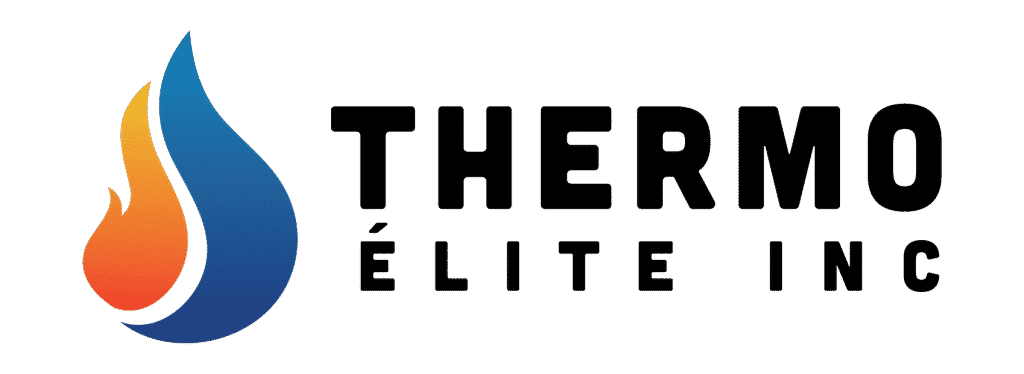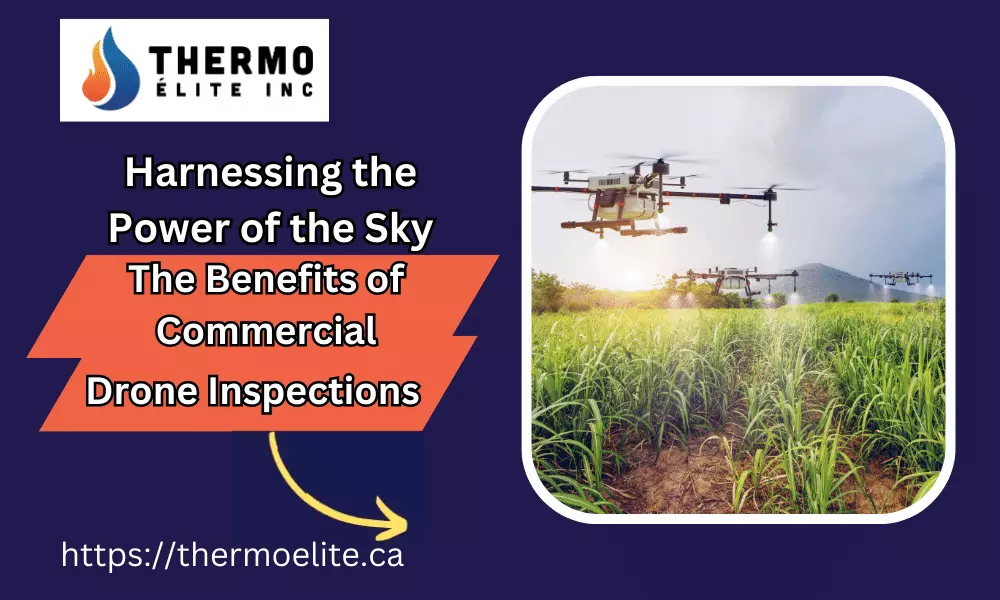As we embark on this exploration of the burgeoning field of commercial drone inspections, let’s begin with the definition of industrial drone inspections. In essence, these inspections utilize unmanned aerial vehicles (UAVs), commonly known as drones, equipped with high-resolution cameras and sensors to inspect, monitor, and survey industrial sites. This technology has revolutionized several industries, offering a myriad of benefits that supersede traditional inspection methods.
As various industries continue to advance technologically, the adoption of commercial drone inspections is rising due to its myriad benefits. Construction, agriculture, and energy sectors stand out among the industries reaping substantial advantages from this cutting-edge technology.
In the realm of construction, traditional methods of inspection often necessitate sending workers to potentially hazardous locations, such as towering scaffolds or cramped spaces. Drone inspections, on the other hand, provide a safer alternative. With the capacity to access hard-to-reach areas and transmit real-time high-quality images and data, drones can effectively reduce human exposure to risky environments. This not only enhances safety protocols but also improves efficiency. For example, AECOM, a leading infrastructure consulting firm, has implemented drone technology to facilitate site inspections, thereby reducing the overall project time and increasing workplace safety.
Agriculture, another field profoundly impacted by commercial drone inspections, is seeing remarkable efficiency gains. Farming operations often sprawl over vast areas, making manual inspections time-consuming and less effective. Drone technology has addressed this challenge by providing farmers with detailed aerial perspectives, enabling more accurate monitoring of crop health and irrigation systems. A case in point is PrecisionHawk, an agritech company that employs drones for detailed data collection, resulting in optimal yield predictions and efficient resource management.
The energy sector, particularly renewables like wind and solar, has not been left behind in benefiting from commercial drone inspections. Traditionally, inspectors had to physically climb wind turbines or examine vast solar fields. The introduction of drones has changed this narrative by offering safer, faster, and more comprehensive inspections. For instance, SkySpecs, a tech company specializing in wind energy solutions, uses drones to automate inspections of wind turbines. The outcome? Safer operations, improved efficiency, and a substantial reduction in maintenance costs.
With the ability to capture high-quality data and images, commercial drone inspections enable companies to make data-driven decisions. Drones equipped with advanced cameras and sensors can capture a broader range of data than a human inspector, including infrared, ultraviolet, and thermal data. This broad dataset, in turn, enables a more accurate analysis and helps companies preemptively identify and address potential issues, reducing downtime and maintenance costs.
Furthermore, drone inspections reduce human error, a critical factor considering that even minor oversights in industrial inspections can lead to significant issues down the line. With their precision, drones ensure that inspections are thorough, accurate, and repeatable, thus fostering a higher standard of quality control.
In conclusion, the advantages of commercial drone inspections are manifold. From offering unprecedented access to challenging locations, delivering high-quality data, to reducing human error, the benefits are undeniably transformative. Industrial drone inspections present a paradigm shift in the way industries operate, making them safer, more efficient, and cost-effective.
By integrating drone technology, companies across sectors are not only mitigating risks and enhancing productivity but also setting a new standard for industrial inspections. As more industries continue to realize and harness these benefits, commercial drone inspections are undoubtedly shaping the future of commercial industries.
Thus, whether you’re involved in the construction, agriculture, energy sector, or beyond, now is an opportune time to consider how industrial drone inspections could revolutionize your operations, taking your business soaring to new heights of safety, efficiency, and productivity.
Infrastructure Inspections and Monitoring
Commercial drone inspections have revolutionized infrastructure inspections and monitoring, which traditionally have been fraught with potential risks due to manual inspections at precarious heights. Drones can swiftly access difficult areas and transmit high-quality images and data to operators in real-time, resulting in a significant reduction in human exposure to dangerous environments.
For instance, inspecting towering bridges and skyscrapers used to involve manual labor and significant safety risks. With commercial drone inspections, these processes have become safer, faster, and less labor-intensive. Companies such as Skyward, a Verizon company, have been successfully leveraging drone technology to carry out comprehensive infrastructure inspections.
Transportation and Logistics
The transportation and logistics industry has also started to feel the positive impacts of drone inspections. From checking the integrity of road networks, railway tracks, ports, and airports to ensuring that logistics hubs like warehouses and distribution centers are operating optimally, drones have proven invaluable. UPS, a global leader in logistics, has been using drones to inspect their vast network of facilities, thereby ensuring efficiency and reducing potential downtime.
The Era of Big Data and Drone Inspections
One of the key advantages of commercial drone inspections is the ability to collect large amounts of high-quality data. Drones equipped with advanced sensors and cameras can capture and transmit a variety of data types in real-time, including thermal, infrared, and ultraviolet. This large dataset allows companies to carry out detailed and precise analyses, facilitating predictive maintenance and preemptive measures that save costs and reduce downtime.
Moreover, the data gathered by drones can be integrated with advanced analytics, artificial intelligence (AI), and machine learning (ML) algorithms to provide predictive insights. This feature helps companies preemptively identify potential problems, thereby saving substantial costs that would be incurred in dealing with equipment breakdowns or system failures.
Reducing Human Error: A Key Benefit
Human error, often a critical factor in traditional inspection methods, can be greatly reduced with drone technology. Commercial drone inspections ensure thorough, accurate, and repeatable inspections, fostering a higher standard of quality control. This is especially beneficial in industries where even a minor oversight can lead to significant issues, such as in the energy and construction sectors.
Conclusion: The Indisputable Importance of Drone Inspections
In closing, the advantages of commercial drone inspections are myriad and transformative. From providing access to challenging locations to capturing high-quality data and reducing human error, commercial drone inspections represent a monumental shift in the way industries operate.
By adopting drone technology, companies across diverse sectors are mitigating risks, enhancing productivity, and setting a new standard for industrial inspections. As more industries continue to realize and harness these benefits, there is little doubt that commercial drone inspections are paving the future of commercial industries.
So, whether you’re involved in the construction, agriculture, energy sector, or beyond, the time is ripe to consider how industrial drone inspections could revolutionize your operations. With the ability to ensure safety, efficiency, and productivity, commercial drone inspections have the potential to propel your business to new heights of operational excellence.



Add Comment